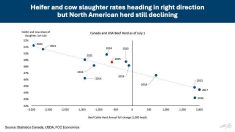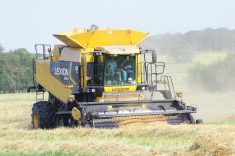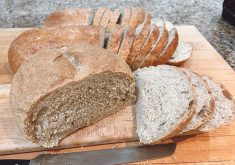Outcry over a reduced interest-free portion of the Advance Payments Program is again rearing its head.
The newest round of the program, which has opened its pre-season intake for 2025, launched with the interest-free portion set to $100,000, down from $250,000 last year. That $250,000 was an amendment to the program in 2024, which had also initially launched with a reduced $100,000 threshold, but was later raised after significant lobbying from farm groups.
Why it matters: The APP program provides producers with loans below prime rates and has historically had an interest-free portion of $100,000, but those levels were increased in 2022 to $250,000 and again to $350,000 in 2023 in recognition of higher interest rates, production costs.
Read Also
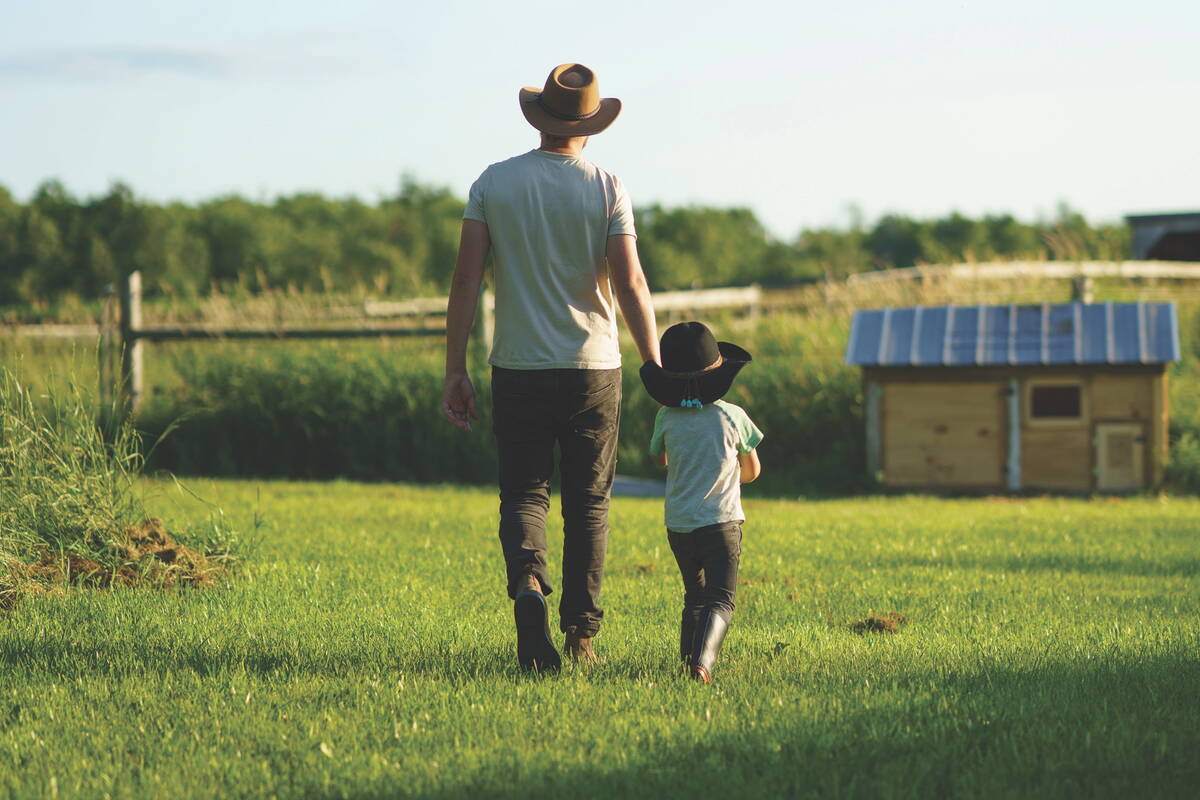
The new spin on farm legacy
Farmers are starting to think differently about the future of their farms in Western Canada. What does this mean for the next generation and farm succession planing?
Those producer groups in 2024 argued that continued high input costs, plus lower grain prices and substantially volatile markets, still necessitated a higher interest-free portion.
The Canadian Cattle Association was one of those farm groups, and they’re expressing their ire again.
The lobbying will continue in 2025, according to CCA president Nathan Phinney.
“Every year it automatically goes back to $100K, so CCA — along with other ag commodities — continually, year over year, have to try to get it back to the level where it was at,” he said.
“It was $350K two years ago. And we would have loved to see a higher number, but we were able to push for it to stay at $250K interest-free for last year and that’s our goal for this year as well.”
The association would also like to see more permanence in the interest-free amount as well as updates to business risk management programs — a longstanding cause for the cattle sector.
“We need to evaluate all the programs and the caps that they have on them and take them to the upper limits to keep up with what today’s economies are dealing with,” Phinney said.
Standard amounts
Outside of crises such as those brought on by COVID-19, the interest-free portion has been set at $100,000 for the past six years under the federal Agricultural Marketing Programs Act, said Dave Gallant, vice-president of finance and APP operations for the Canadian Canola Growers Association (CCGA).
The CCGA is the largest among 27 APP administrators, typically responsible for 50 to 60 per cent of APP loans extended every year.
The CCGA has gotten “zero indication” from the federal government that they intend to put through another order in council to increase the amount, as they did last year, Gallant said. “And I would suspect, given all that’s going on with the Trump administration and tariffs, that this might not be as high on the list of things to do as as it has been in prior years.”
‘Simply too low’
CCA and other lobbying groups are expecting a number of challenges this year when trying to persuade the federal government to enact another order in council, said Phinney.
Parliament is currently prorogued until March 24. Also, 2025 is a federal election year with all the uncertainty that comes with that. That’s aside from U.S. President Donald Trump’s ongoing threats to place a blanket 25 per cent tariff against Canadian products.
“There’s a lot of things at play, but we’re really working with [Agriculture and Agri-Food Canada] and the minister to say this is a program given in times of uncertainty that producers really need to help facilitate their operations,” said Phinney.
“That would be one small tick off of today’s issues that we could not have to worry about in the incoming days.”
The current $100,000 is simply too low, he said, and the uncertainty of where the final amount is going to land creates uncertainty for producers planning their finances around the loan.
Under current financial conditions, that threshold is “very, very small even on the smallest scale of operations to achieve any sort of of goal,” he said.
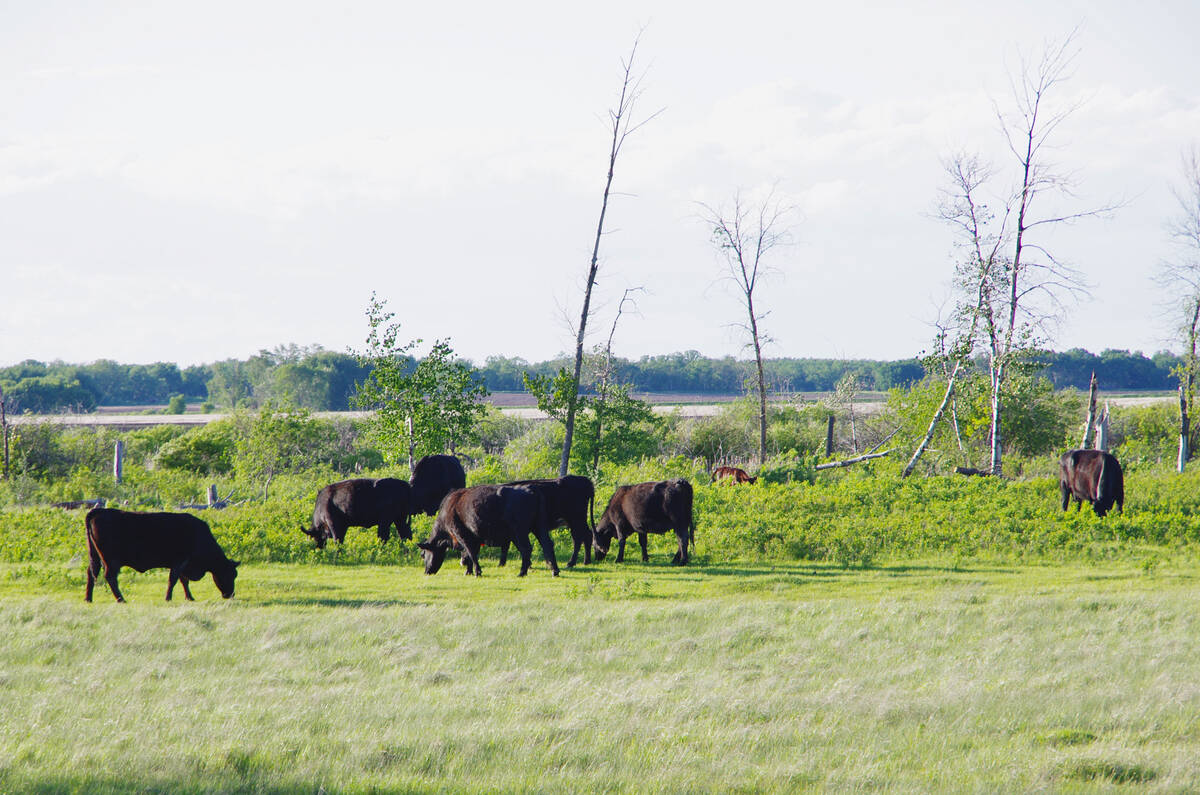
Gallant agrees the figure’s moving target introduces a level of uncertainty and inconsistency for producers.
“Our customer base largely returns on an annual basis, so most farmers that we deal with are customers we’ve had for many years. And so they come to rely on the advance program as part of their working capital financing and they use that knowledge of what the cost of the program is going to be as part of their financial plan for the year,” he said.
The $100,000 interest-free portion stands to save producers just over $5,000 on their loans (prime rate being 5.2 per cent at the time of writing). Under a $250,000 interest-free scenario, producers would have been able to expect a further $8,000 in savings.
“That is just the pure, hard cost of increased cost of financing,” Gallant said. “If a farmer borrowed $250,000 under the 2024 program and $250,000 under the 2025 program, they’re looking at an additional $8,000 cost for the same program and the same amount of money.”
Gallant clarified that he uses the prime amount because it’s an easily-understood reference point for farmers and represents minimum savings across the borrowing spectrum. APP lends at a subprime rate of 4.95 per cent — 0.25 per cent below prime — for most commodity categories.
Cattle up, some crops down
Under the APP, farmers can access up to $1 million in total advances per year, based on up to 50 per cent of the anticipated 18-24 month market value of the eligible commodities they will either produce or already have in storage. The anticipated market value rates are set by Agriculture and Agri-Food Canada.
There are some changes to the anticipated market value of several commodities this year, said Gallant. Canola is the same basic price as last year, but a number of key western Canadian commodities are down, including durum (down $34 per tonne), barley ($29 per tonne) and wheat (down by just over $9.70 per tonne).
Possibly the biggest news is the cattle market value, which is up $100-$200 per head, depending on weight class.
“It’s probably going to drag down the dollar value that farmers can get, because wheat, durum, barley and oats are significant products under the program on top of canola,” Gallant said.
Despite the lower interest-free amount and some negative market value impact, Gallant said it’s still worthwhile for producers to apply.
“Just the fact that the whole thing is going to be below prime … there’s still significant savings for farmers to use the program.”
Program continues to grow
The number of farmers applying for grants increased in 2024 despite the drama over the interest-free portion, Gallant said, and he expects loan totals to arrive at $2.5 billion by the end of the current APP year.
“We are seeing a growth of about two to two-and-a-half per cent in the number of farmers taking advances,” he said.
The 2025 APP year officially starts April 1, when program administrators will start issuing cash advance funds. Hundreds of applications have come in since the opening of the pre-season intake.







